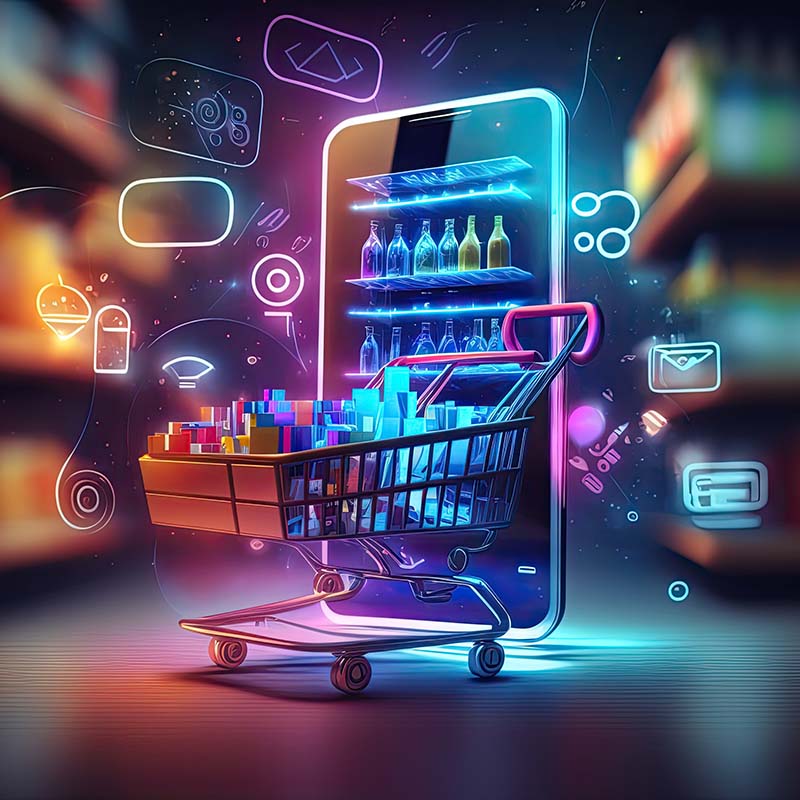This technology also improves food safety for individual items. For example, a human might only periodically check a display of rotisserie chickens. With AI sensors in place, a retailer can more accurately read its products.
“They can know that each chicken hits the right temperature each time, instead of one thermometer hitting the right chicken,” Jarvis said.
Food processing requires critical control points where companies collect data at certain frequencies. Predictive analytics could help identify a faulty piece of equipment or other malady.
“More immediate opportunities are in engineering failure point analysis, so you can predict when a part of the process might go off the rails from a food safety standpoint,” Miller explained.
“Anywhere you have a well-trained model looking at a particular problem and relatively high-quality data, something can be done.”
The Future of Food Safety is Sustainable
Food safety and sustainability go hand-in-hand. While the horizon is bright, the industry must maintain realistic expectations.
“People make these big claims,” Sabeh said. “We’re going to reduce water use by 94%, land use by 90%, blah blah blah…”
“Reducing water usage by 25 or 50% is a big number, but those lofty goals are a disservice to us.”
Emerging categories in food science are also worth watching. Jarvis pointed to mushroom mycelium, which modifies proteins to remove graininess and flavor changes. Fungi-based options require up to 99% less energy, land and water than compared to raising cattle.
“It performs better in a product, tastes better and takes away some of the negative aspects of plant-based proteins,” Jarvis said. “We’re going to find all sorts of interesting new uses and possibilities.”
There’s still plenty of research and development to be done around AI food safety practices. Williams therefore stressed the importance of sound data collection and using AI as a complement to human experience and reasoning.
“The information coming out is only as good as what we’re putting into it,” he said. “AI shouldn’t be your whole program. Tailor it to your processes and operations.”





